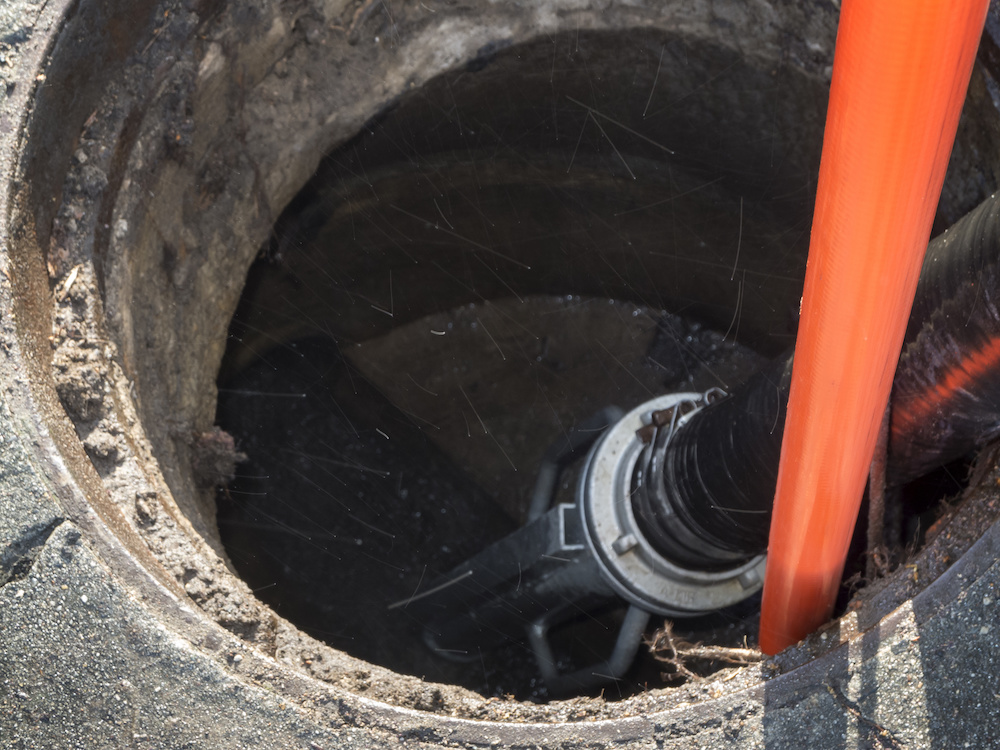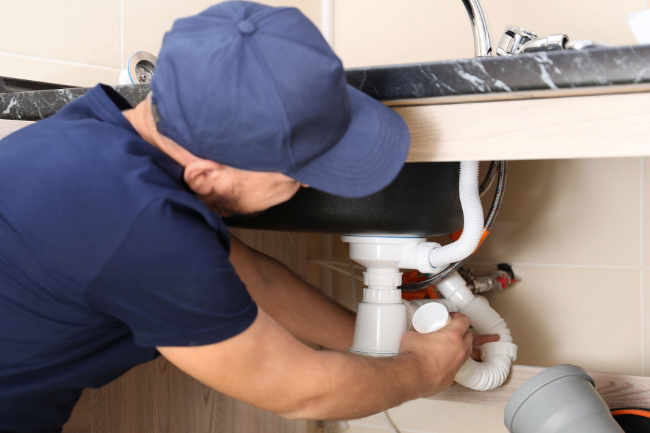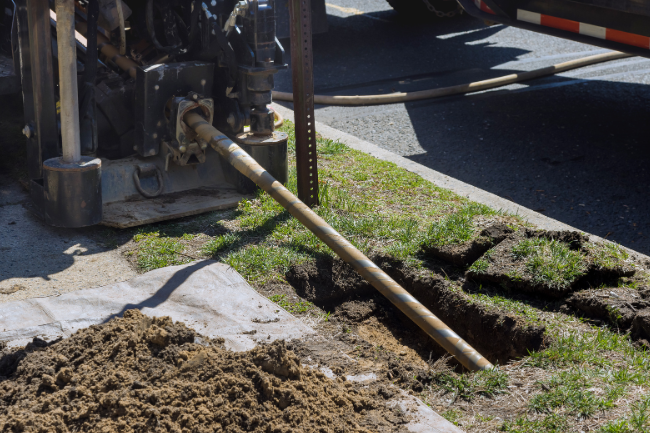Understanding Manhole Rehabilitation And The Replacement Process
Posted by William Heinselman on

If you’ve ever encountered a pretty old and gnarly manhole while driving, then you know how big of a nuisance they can be. Damaged manhole frames and covers can create sewer blockages, act as road hazards, and lead to other safety and liability issues.
Manhole deterioration may be a result of a few different factors, including:
- Asphalt deterioration
- Root invasion
- Water erosion
- Ground settlement or earthquakes
- Weather (i.e. ice, rain, extreme heat)
Whatever the reason may be, property managers and business owners should implement manhole inspections into their regular maintenance assessments. Manhole repairs and replacements should never be overlooked.
Manhole Rehab Techniques
Ideally, any necessary manhole rehabilitation needs will be caught early enough where only minor repairs need to be made. Look for signs like pooling water, cracking around the manhole, visible damage to the cover, or an ill-fitting cover.
If you find any indication that there may be damage, have the manhole and the sewer line inspected. There are three primary techniques for manhole repair: grouting, lining, and polyurethane spray. Both can be performed within a few hours without having to disrupt the paving surface or disrupt service for an extended period of time.
Grouting
Usually meant to prevent runoff from draining into a manhole, this technique is a quick solution for structurally sound manholes that don’t require more intensive repairs. Grouts are made from different chemicals to match the manhole’s materials and surrounding soil or pavement. After a thorough cleaning, it’s injected into cracks or voids in the structure, forming a water tight seal as it mixes with the manhole material and local soil.
Lining
Manhole lining is a slightly more involved rehabilitation technique as it’s meant for structural reinforcement. The manhole is cleaned and emptied of any loose debris first, then a custom-sized liner is fitted into the space. The lining expands and is pressed tightly against the inside of the manhole until it’s cured in place. The end result is a new interior that supports the integrity of the manhole, blocks runoff and groundwater, and protects from any gases that may come in from the sewer. After the curing process is complete, all incoming and outgoing pipes are opened, leaving little to no evidence of the procedure on the surface.
Polyurethane Spray
Another cured-in-place manhole rehabilitation method involves spray-applied structural reinforcement coatings like SprayWall. Composed of urethane materials, these coatings act as a defense against corrosion from groundwater and corrosive gases. The manhole is pressure washed and any active leaks are stopped up before the process begins. Then, a trained installer applies the urethane material in a continuous, even fashion, building up the thickness of the lining to whatever degree the structure requires. It’s a fast curing formula, finished in about eight seconds, allowing for manhole and sewer service to resume in less than an hour, on average.
Manhole Replacement
Of course, it’s not always an easy fix. Manhole replacement only takes place once all other rehab alternatives have been ruled out. The most common call for a replacement is when wet concrete enters the manhole, hardens along the sides or under water, and causes blockages that cannot be easily removed. It’s a large project that can take a few days to complete, but you should follow through if the process is recommended by a professional.
The excavation takes place within a 10 feet by 10 feet area, reaching all the way down to the sewer main. A sewer by-pass must be installed for the duration of the procedure, where the entire manhole will be excavated and then replaced with a new structure and materials.
In certain cases, a new manhole is built where one didn’t exist previously in an effort to aid in sewer line maintenance. If a manhole is no longer needed, it may be stripped of all parts within the first few feet of the surface, effectively abandoning it. The remaining structure is backfilled and the opening resurfaced.
It’s easy to forget about sewer lines and manholes if you’re not frequently climbing down into them. But neglecting these utility holes can lead to greater problems than damaged car tires. Debris and waste can build up and clog sewer mains. Deteriorating structures can cave in. Improper manhole covers can drop out or create runoff seepage issues. If some of these smaller problems aren’t addressed, they can grow into larger complications that affect the sewer line, which becomes considerably more costly.
Always contact a sewer line professional if you suspect any corrosion or damage done to your utility holes and sewer mains. Don’t hesitate to reach out to us at Express Sewer & Drain for a manhole rehabilitation consultation or sewer line video inspection.
Topics: Trenchless Technology


![Repiping Your Sacramento Home [6 Steps]](https://www.expresssewer.com/hs-fs/hubfs/plumbing%20tools%20and%20blueprints.jpeg?width=550)




